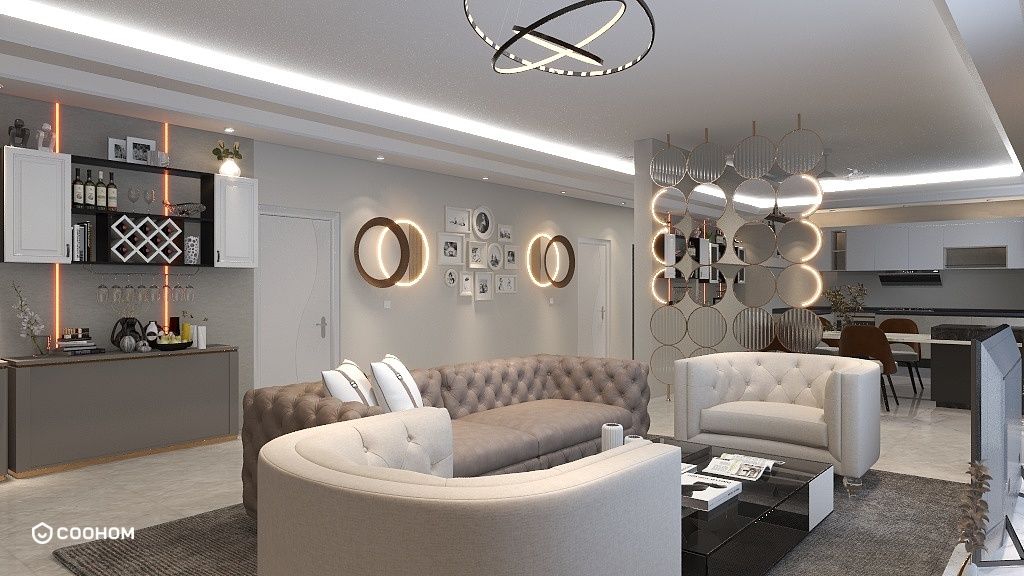Lighting design calculations in interiors of kitchen: A comprehensive guide to effective kitchen lighting design

Lighting is a crucial element in kitchen design, influencing not only the aesthetics but also the functionality of the space. When planning the lighting for your kitchen, it’s essential to consider various factors including the type of lighting, the layout of the kitchen, and the specific tasks being performed in each area. This article will guide you through the fundamental calculations and considerations needed for effective lighting design in kitchen interiors.First, it’s important to identify the different types of lighting that can be utilized in a kitchen. Generally, there are three main types: ambient, task, and accent lighting. Ambient lighting provides overall illumination, making the kitchen feel welcoming and bright. Task lighting is focused on specific areas where activities like cooking or reading recipes take place, while accent lighting is used to highlight particular features such as artwork or decorative cabinetry.To begin with your lighting calculations, measure the square footage of your kitchen. A standard rule of thumb is to provide 20 lumens per square foot for general lighting. For example, if your kitchen is 200 square feet, you would need approximately 4000 lumens total to adequately light the space.Next, consider the wattage of the fixtures you plan to install. For instance, if you choose LED bulbs that provide 800 lumens each, you would need five bulbs for your 200-square-foot kitchen (4000 lumens ÷ 800 lumens per bulb = 5 bulbs). It’s essential to select light fixtures that complement the kitchen’s design and provide the right level of brightness.In addition to general lighting, task lighting is vital for areas like countertops, sinks, and cooking surfaces. Under-cabinet lighting is a popular choice, providing direct illumination where it’s needed most. When calculating the amount of task lighting required, consider the specific tasks being performed. For example, under-cabinet lights can provide an additional 500-1000 lumens in each work area depending on the size and layout.Accent lighting can enhance the overall ambiance and highlight design features. You may choose to install pendant lights above an island or recessed lights that focus on artwork. When designing accent lighting, think about the mood you want to create and the areas in your kitchen that deserve emphasis. Generally, accent lighting should be about three times brighter than the ambient lighting to effectively draw attention to those features.Another consideration is the color temperature of your lighting. The warm white (2700K-3000K) is often preferred for kitchens, as it creates a cozy atmosphere. However, cooler temperatures (3500K-4100K) can enhance task visibility without sacrificing warmth. Choosing the right color temperature can significantly affect the overall vibe of your kitchen space.Lastly, don’t forget to consider the control systems for your kitchen lighting. Dimmers can provide flexibility and allow you to adjust the brightness based on the time of day or the activity at hand. Smart lighting solutions can offer added convenience, allowing you to control your lights through mobile apps or voice commands.In conclusion, effective lighting design in kitchen interiors requires careful planning and consideration of various factors including type, wattage, and placement of fixtures. By following these calculations and guidelines, you can create a well-lit, functional, and aesthetically pleasing kitchen that meets all your culinary needs.
welcome to Coohom
Please check with customer service before testing new feature.

